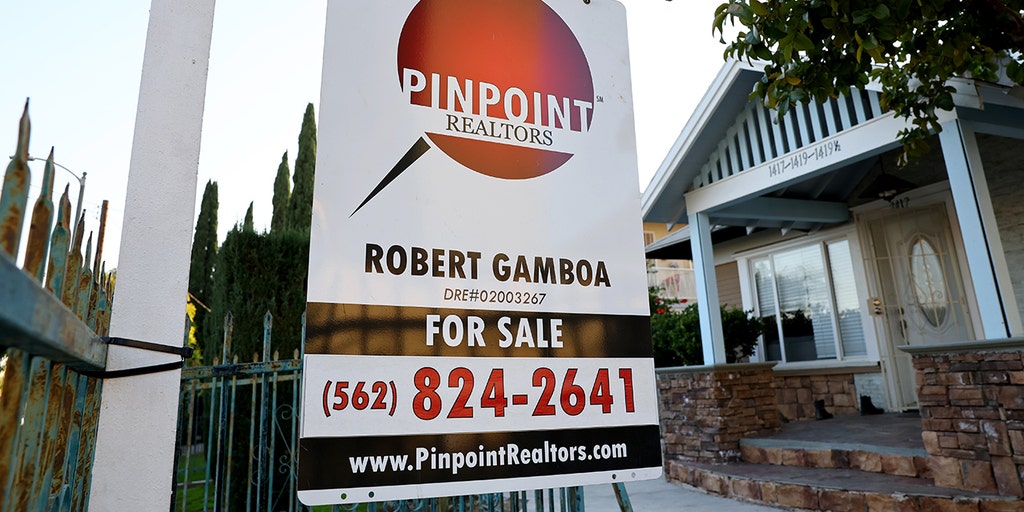Payne Capital Management President Ryan Payne has expressed optimism about the U.S. economy, predicting that purchasing power will strengthen for American consumers.
Recent data indicates a notable increase in mortgage applications following a drop in rates below 7% for the first time in over a month. The Mortgage Bankers Association’s index rose by 7.1% for the week ending March 8, a slight dip from the 9.7% surge the previous week. Additionally, the average rate for a 30-year loan decreased to 6.87% during the same period.
According to Mike Fratantoni, the chief economist at MBA, the decline in mortgage rates was attributed to recent economic indicators pointing to a softer service sector and a less robust job market. Factors such as a rise in the unemployment rate and downward revisions to previous job growth figures influenced this shift.
Housing demand, which had slowed down earlier in the year due to rising rates, is now showing signs of revival as rates begin to fall. Mortgage applications for home purchases saw a 5% increase from the previous week, although overall application volume is down by 11% compared to the same period last year.
Refinancing activity also saw a notable uptick, with a 12% increase from the previous week. Despite these significant percentage increases, the level of refinance activity remains relatively low, primarily driven by borrowers who secured loans when rates were at or near their peak in the past couple of years.
The housing market, sensitive to interest rate fluctuations, has experienced a cooling effect due to the series of interest rate hikes aimed at curbing inflation and slowing economic growth. Although there have been discussions about potential interest rate cuts later this year, policymakers are cautious and emphasize the need for sustained progress towards achieving the inflation target.
The current scenario of higher mortgage rates has not only impacted consumer demand but has also contributed to limited housing inventory. Many sellers who locked in lower mortgage rates earlier have been hesitant to sell their properties amidst the persistently high rates, creating a shortage of options for prospective buyers. As a result, the available housing supply remains significantly lower, down by 34.3% compared to pre-pandemic levels in early 2020, as reported by Realtor.com.
